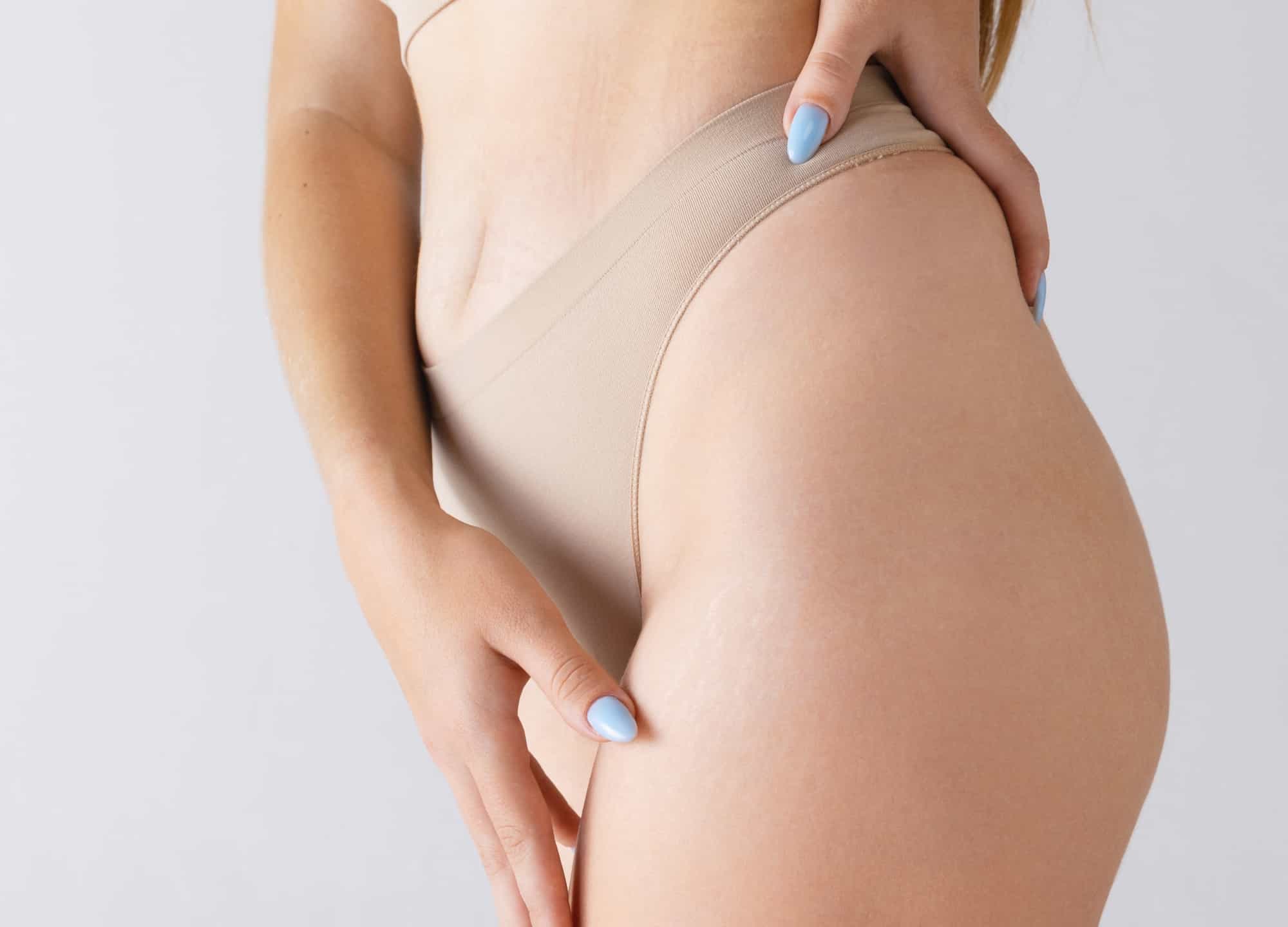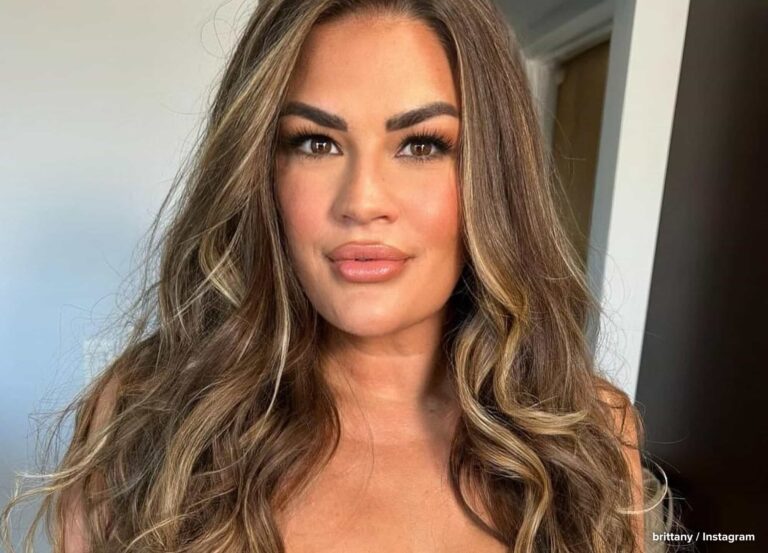Featured Experts
Dr. Lyle Leipziger, a board-certified plastic surgeon in Great Neck, New York
Dr. Tzvi Small, a board-certified plastic surgeon in Paramus, New Jersey
Dr. Johnny Franco, a board-certified plastic surgeon in Austin, Texas
GLP-1s—a group of medications that treat obesity and type 2 diabetes and includes Ozempic, Mounjaro, and Wegovy—keep making headlines, and for good reason: They really can help you lose weight quickly. But they’re not without drawbacks. Not only can their side effects, like nausea and vomiting, be unpleasant, but losing weight so quickly can also contribute to lax, sagging facial skin (dubbed Ozempic face), lead to hair loss, and even interfere with upcoming plastic surgery plans.
And now these medications are coming for your butt too. People on these drugs “may experience reduction in buttock volume and changes in shape, leading to buttock sagging over time,” says Dr. Johnny Franco, a board-certified plastic surgeon in Austin, Texas.
Here’s the thing. Any weight loss, be it from cutting down on sugar or taking a GLP-1 medication, can contribute to a flat or sagging butt. But compared to more traditional methods, “these effects are simply seen more dramatically and more quickly” with the latter, according to Dr. Tzvi Small, a board-certified plastic surgeon in Paramus, New Jersey. Here’s what you should know about it.
What is Ozempic butt?
Ozempic butt describes a butt with sagging skin or a shape that appears deflated. For some background, Ozempic is a type of GLP-1 medication that “appears to curb hunger and also slow the movement of food from the stomach to the small intestine,” says Dr. Lyle Leipziger, a board-certified plastic surgeon in Great Neck, New York. “As a result, you may feel full faster and longer, so you therefore eat less and lose weight.”
As a result, people can lose a lot of weight with these medications—up to 15% of their body weight, with tirzepatide (sold as Mounjaro and Zepbound), which is considered the most powerful GLP-1. “Both the speed of the weight loss and amount of fat lost can produce dramatic and unpredictable soft-tissue sagging,” says Dr. Leipziger. The key word there is unpredictable; as everyone’s body structure and fat distribution are different, it can be tough to tell exactly how losing weight on a GLP-1 will affect your butt.
What does Ozempic butt look like?
Ozempic butt is a completely natural side effect of weight loss; the loss of fat “may produce sagging skin and loss of volume in unpredictable areas with undesirable results,” says Dr. Leipziger. “Sometimes people are surprised at the amount of buttocks fat loss, resulting in loss of projection, and downward descent.”
While your age can play a role, another major factor in your butt’s appearance is your natural skin elasticity. For instance, “rapid weight loss in a patient with poor skin elasticity will create the appearance of much looser skin,” Dr. Leipziger says, adding that he tells patients to lose weight slowly and gradually to maximize how well their skin rebounds.
How to fix Ozempic butt
There are a few ways to fix Ozempic butt, depending on your exact concerns. “One treatment would be, ironically, restoring volume to the buttocks, perhaps with fat grafting from other areas of the body,” says Dr. Leipziger. However: while this can fill in volume to address a change in shape, it won’t necessarily help if you have sagging skin, warns Dr. Small. (Implants and fillers usually don’t make enough of a difference in the volume for this area either, he says.)
For sagging skin, your best bet may be a buttock lift or lower body lift, as these procedures actually remove the excess, sagging skin to lift and tighten the butt. This, conversely, doesn’t add volume, so in some cases “a combination of these procedures is indicated,” says Dr. Leipziger. Ideally, he says, a board-certified plastic surgeon should evaluate your anatomy, get a sense of your goals, and only then advise you on the best option for you.
Surgical procedures are ideal for offsetting Ozempic butt. If you’re working with a mild case, however—if, say, your butt shape doesn’t bother you but you have some laxity—then nonsurgical approaches could be worth considering. In this case, both Dr. Leipziger and Dr. Franco point to Emsculpt as a good option; it helps build muscle using high-intensity focused electromagnetic energy (HIFEM) to help maintain volume.
Additionally, “radiofrequency skin-tightening machines may offer some improvement,” says Dr. Franco, who also points to Renuvion, which uses a combination of high-energy heat and cold plasma energy to contract collagen, thus tightening skin.
Can you prevent Ozempic butt?
The easiest way to prevent Ozempic butt is to lose weight gradually, which allows “the buttocks skin to retract as the fat volume depletes,” says Dr. Leipziger. But if you’re on a GLP-1 medication, either to manage your weight or control Type 2 diabetes, then that might not be in the cards.
If this is the case, try to take preventive measures at the start of your weight-loss journey. “Addressing ‘Ozempic butt’ often represents the final step in a patient’s journey,” says Dr. Franco, who regrets not addressing his own skin laxity sooner than he did when losing weight. “Being proactive about skin tightening is crucial.” That’s especially the case if you’re considering noninvasive skin-tightening procedures, many of which require multiple sessions over time.
Your exercise regimen could also be helpful. Think squats and lunges. “Increasing muscle tone is always a good idea, to maintain definition,” says Dr. Small. However, no workout regimen is a quick fix—and to keep the results going, you’ll have to commit to it for the long haul.











